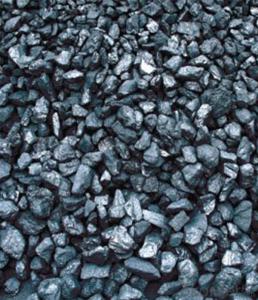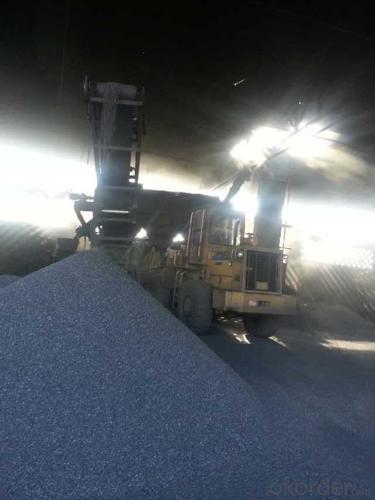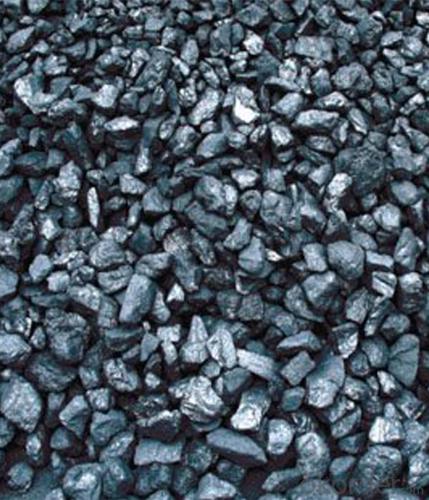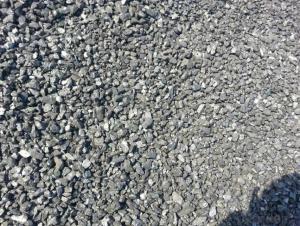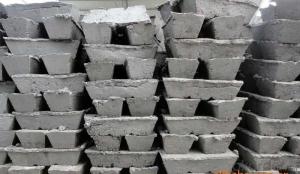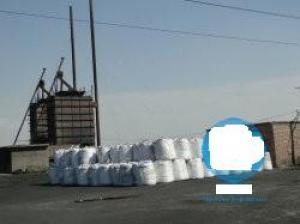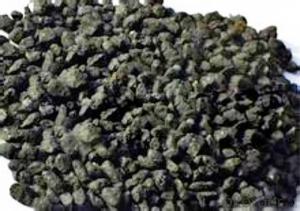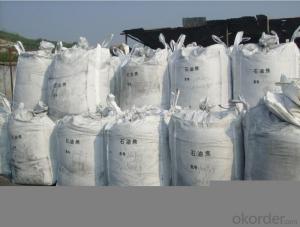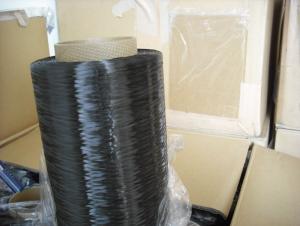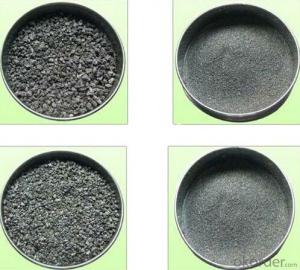FC 92% Carbon additive
- Loading Port:
- China Main Port
- Payment Terms:
- TT OR LC
- Min Order Qty:
- -
- Supply Capability:
- -
OKorder Service Pledge
OKorder Financial Service
You Might Also Like
Package:
in MT bags
in 25KG bags
or as buyer's request
Specifications
Calcined Anthracite
Fixed carbon: 90%-95%
S: 0.5% max
Size: 0-3. 3-5.3-15 or as request
Calcined Anthracite is produced using the best Anthracite-Taixi Anthracite with low S and P, It is widely used in steel making and casting, Chemical and some other fields.
General Specification of Calcined Anthracite:
PARAMETER UNIT GUARANTEE VALUE | |||||
F.C.% | 95MIN | 94MIN | 93MIN | 92MIN | 90MIN |
ASH % | 4MAX | 5MAX | 6MAX | 7MAX | 8MAX |
V.M.% | 1 MAX | 1MAX | 1.5MAX | 1.5MAX | 1.5MAX |
SULFUR % | 0.5MAX | 0.5MAX | 0.5MAX | 0.5MAX | 0.5MAX |
MOISTURE % | 0.5MAX | 0.5MAX | 0.5MAX | 0.5MAX | 0.5MAX |
Size can be adjusted based on buyer's request.
Pictures of Calcined Anthracite:
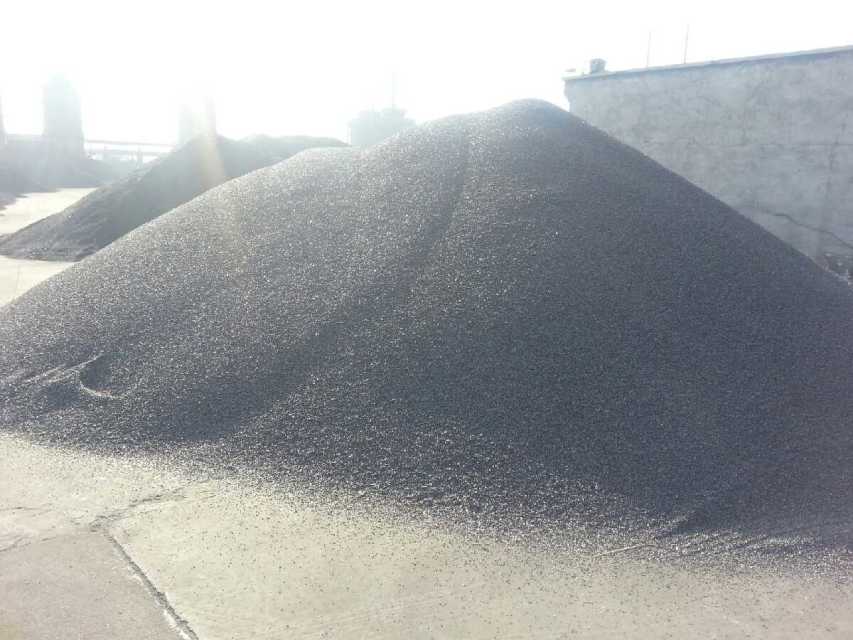



- Q: What are the consequences of increased carbon emissions on technological advancements?
- The consequences of increased carbon emissions on technological advancements can be significant. The primary consequence is the acceleration of climate change, which can lead to adverse effects such as rising global temperatures, sea-level rise, extreme weather events, and ecosystem disruptions. These consequences pose various challenges to technological advancements. On one hand, they create a pressing need for innovative solutions to mitigate and adapt to climate change, such as renewable energy sources, carbon capture and storage technologies, and sustainable agricultural practices. This can drive research and development in these areas, fostering technological advancements. On the other hand, increased carbon emissions can also divert resources and attention away from other technological advancements, as efforts are redirected towards climate change mitigation and adaptation strategies. Additionally, the consequences of climate change, such as natural disasters or resource scarcity, can disrupt technological infrastructure and impede further advancements. Therefore, while there can be opportunities for technological advancements in response to increased carbon emissions, the overall consequences can also present challenges and limitations.
- Q: What is the role of carbon in the corrosion of metals?
- The primary function of carbon in metal corrosion is to catalyze or facilitate the corrosion process. Carbon can react with moisture in the atmosphere to form carbonic acid, which is a weak acid, when in the form of carbon dioxide (CO2) or carbonic acid (H2CO3). This weak acid can then initiate corrosion by reacting with metal surfaces. When carbonic acid comes into contact with a metal, it can cause carbonic acid corrosion or acid attack. This reaction involves the dissolution of metal ions into a solution and the creation of metal oxide or metal hydroxide products. The presence of carbon in the form of carbon dioxide or carbonic acid can speed up corrosion by providing an electrolyte and lowering the pH of the environment, making it more corrosive. Additionally, carbon can also participate in galvanic corrosion, which happens when two different metals are in contact with an electrolyte. Graphite, in the form of carbon, can act as a conductor, allowing the flow of electrons between the two metals. This can create an electrochemical cell, leading to accelerated corrosion of the less noble metal. Apart from these direct roles, carbon can indirectly contribute to metal corrosion by forming corrosion products like carbonates or bicarbonates. These compounds can accumulate on the metal surface, resulting in the creation of a protective or non-protective corrosion layer. Depending on the specific conditions, this layer can hinder or enhance the corrosion process. In summary, carbon plays a significant role in metal corrosion by acting as a catalyst, facilitating the creation of corrosive environments, participating in galvanic corrosion, and influencing the formation of corrosion products. Understanding the role of carbon is essential in developing effective strategies for preventing and mitigating corrosion.
- Q: Will long-term use of carbon alloy chopsticks cause cancer?
- The chopsticks are washed with water for a long time, and the water content is especially high. The chopsticks are placed in the non ventilated place for a long time, and the chances of deterioration of the chopsticks are improved." Huang Yahui said, especially the moldy chopsticks, may be contaminated by aflatoxin. It is understood that aflatoxin is the 1 class of carcinogens, is a highly toxic highly toxic substances, human and animal liver tissue will have a damaging effect, can lead to serious liver cancer or even death. Huang Yahui warned that the public should be weekly chopsticks into boiling water after half an hour, placed in the air to air dry before use, it can achieve the disinfection effect, and can effectively and conveniently remove mildew in chopsticks. In addition, it is best to use half a year to replace the new chopsticks, so you don't have to worry too much. "The selection of chopsticks is also very exquisite."." Huang Yahui said, "the ideal chopsticks are bamboo chopsticks and non staining wooden chopsticks.". After the dyed or painted wood, paint and stain will enter the body with food. When in use, especially the stain in heavy metals, benzene and other harmful substances, can cause gastrointestinal inflammation, ulceration, erosion, serious can cause cancer.
- Q: What are the impacts of carbon emissions on the stability of deserts?
- Carbon emissions have significant impacts on the stability of deserts. One of the key consequences is the exacerbation of desertification, which refers to the process of fertile land turning into desert due to various factors, including climate change. Carbon emissions contribute to global warming, leading to higher temperatures and increased evaporation rates, which in turn result in reduced soil moisture and increased aridity in desert regions. This intensifies the process of desertification, causing deserts to expand and become more unstable. Furthermore, carbon emissions contribute to the alteration of precipitation patterns, which directly affects the stability of deserts. As climate change leads to shifts in weather patterns, some areas may experience reduced rainfall, while others may face more frequent and intense droughts. These changes in precipitation can further exacerbate desertification processes and lead to increased desert instability. Another impact of carbon emissions on desert stability is the increased frequency and intensity of dust storms. As global warming leads to drier conditions and reduced vegetation cover, the risk of dust storms becomes higher. These storms can transport vast amounts of fine particulate matter, including dust and sand, over long distances, resulting in a range of negative consequences. Dust storms can damage infrastructure, harm human health, degrade air quality, and further contribute to desertification processes by removing fertile topsoil. Additionally, the impacts of carbon emissions on deserts are not limited to their ecological stability but also have socio-economic implications. Many communities in desert regions rely on agriculture and natural resources for their livelihoods. The destabilization of deserts due to carbon emissions can lead to reduced agricultural productivity, increased food insecurity, and economic hardship for these communities. Moreover, the displacement of people from desert regions due to desertification can lead to increased migration and social instability. In conclusion, carbon emissions have far-reaching impacts on the stability of deserts. They contribute to the intensification of desertification processes, alter precipitation patterns, increase the frequency and intensity of dust storms, and have socio-economic consequences. Addressing carbon emissions through climate change mitigation strategies is crucial to minimize these impacts and ensure the long-term stability of desert ecosystems and the communities that depend on them.
- Q: What are the advantages of carbon nanotube transistors?
- Carbon nanotube transistors have several advantages over traditional silicon-based transistors. Firstly, carbon nanotubes have a much smaller size, allowing for the creation of highly compact and powerful electronic devices. Their high current-carrying capacity also enables faster and more efficient signal processing. Additionally, carbon nanotubes possess excellent electrical properties, such as high mobility and low resistance, resulting in reduced power consumption and improved device performance. Moreover, they exhibit exceptional thermal conductivity, ensuring better heat dissipation and overall device reliability. Lastly, carbon nanotubes are highly flexible and can be integrated into various substrates, enabling the development of flexible and wearable electronics.
- Q: What is the role of carbon in photosynthesis?
- The role of carbon in photosynthesis is to serve as the building block for glucose, the main energy source for plants. Carbon dioxide (CO2) is captured during photosynthesis and converted into glucose through a series of chemical reactions. This process, known as carbon fixation, is essential for plants to produce food and release oxygen into the atmosphere.
- Q: What is carbon sequestration?
- Carbon sequestration is the process by which carbon dioxide (CO2) is captured from the atmosphere and stored for an extended period of time, preventing it from being released and contributing to climate change. This technique aims to reduce the concentration of CO2 in the atmosphere, as this greenhouse gas is a major driver of global warming. Carbon sequestration can occur naturally through biological processes, such as photosynthesis in plants and algae, or it can be achieved through various artificial methods. Natural carbon sequestration occurs when plants, trees, and other vegetation absorb CO2 during photosynthesis and store it in their tissues. This process, known as terrestrial sequestration, plays a crucial role in reducing atmospheric CO2 levels. Additionally, oceans also act as a significant sink for CO2, absorbing and storing vast amounts of it. This is referred to as oceanic sequestration. Artificial carbon sequestration techniques involve capturing CO2 emissions from industrial processes, power plants, and other sources before they are released into the atmosphere. There are several methods for carbon capture, including pre-combustion capture, post-combustion capture, and oxy-fuel combustion. Once the CO2 is captured, it can be transported and stored underground in geological formations, such as depleted oil and gas fields or saline aquifers. This process is commonly known as carbon capture and storage (CCS) or carbon capture utilization and storage (CCUS). Carbon sequestration has gained significant attention due to its potential to mitigate climate change. By reducing the amount of CO2 in the atmosphere, it helps to slow down the pace of global warming and reduce the impacts of climate change. It is considered to be a crucial part of the broader strategy to achieve net-zero emissions, as it not only reduces future emissions but also removes CO2 that has already been emitted. However, carbon sequestration is not a silver bullet solution to climate change. It should be seen as a complementary approach to other mitigation efforts, such as transitioning to renewable energy sources and improving energy efficiency. Additionally, the long-term storage of CO2 requires careful monitoring and management to ensure its effectiveness and prevent any leakage or environmental risks. Overall, carbon sequestration is a vital tool in the fight against climate change, offering the potential to reduce greenhouse gas emissions and contribute to a more sustainable future.
- Q: Who can explain that bare feet on fire carbon don't burn feet?
- These two substances are edible, containing in the mouth is naturally very safe, plus cinnabar is red, and dissolve it in the water, this red holy water is more mysterious.From time to time to the fire scattered in the "law" law of water spray powder "and" add before have feet soaking in full dissolution of cinnabar and borax "holy water", which is on the fire and carbon between your feet to form a thin protective layer of "sand", which has scientific significance, is is that all the fairies and the real reason for lossless hair or.The world is material. A scholar once said, "what is a ghost?" Some phenomena that cannot be explained by science are ghosts in our hearts. If we can continue to search in the way of science, ghosts will leave us!
- Q: How does carbon impact the availability of clean drinking water?
- Carbon can have a significant impact on the availability of clean drinking water through various processes. One of the major ways carbon affects water quality is through the process of carbon dioxide (CO2) emissions and subsequent acid rain formation. When CO2 combines with water in the atmosphere, it forms carbonic acid, which can be very damaging to water bodies. Acid rain, which is primarily caused by the release of carbon emissions from industrial activities and burning fossil fuels, can have devastating effects on freshwater sources. It can lower the pH level of lakes, rivers, and groundwater, making the water more acidic. This increased acidity can harm aquatic life, destroy ecosystems, and render water sources unsuitable for drinking, agriculture, or industrial use. Additionally, carbon can impact the availability of clean drinking water through its role in climate change. Excessive carbon emissions contribute to the greenhouse effect, leading to rising global temperatures and altering weather patterns. These changes can result in prolonged droughts and intense rainfall events, both of which can negatively affect water availability and quality. Droughts caused by climate change can lead to water scarcity, as precipitation patterns become less predictable and water sources dry up. This can lead to conflicts over limited water resources and force communities to rely on contaminated or unsafe water sources. On the other hand, intense rainfall events caused by climate change can result in flooding, which can overwhelm sewage systems and contaminate drinking water with pollutants and pathogens. Moreover, carbon emissions are associated with the degradation of natural ecosystems, including forests and wetlands, which play a crucial role in water purification. Forests act as natural filters, absorbing carbon dioxide and releasing oxygen, while wetlands naturally filter and cleanse water. When these ecosystems are destroyed or degraded due to deforestation or drainage, the availability of clean drinking water is further compromised. In conclusion, carbon emissions have a significant impact on the availability of clean drinking water. Acid rain formation due to carbon dioxide emissions and climate change-induced droughts and floods can all contribute to water scarcity and contamination. Protecting and reducing carbon emissions is vital to ensuring the availability of clean drinking water for present and future generations.
- Q: The same manufacturer of different types of badminton rackets on the logo, but the two materials in the end what is the difference?
- High elasticity, a little toughness, deformation when playing, high steel of steel, no deformation when playing
Send your message to us
FC 92% Carbon additive
- Loading Port:
- China Main Port
- Payment Terms:
- TT OR LC
- Min Order Qty:
- -
- Supply Capability:
- -
OKorder Service Pledge
OKorder Financial Service
Similar products
Hot products
Hot Searches

